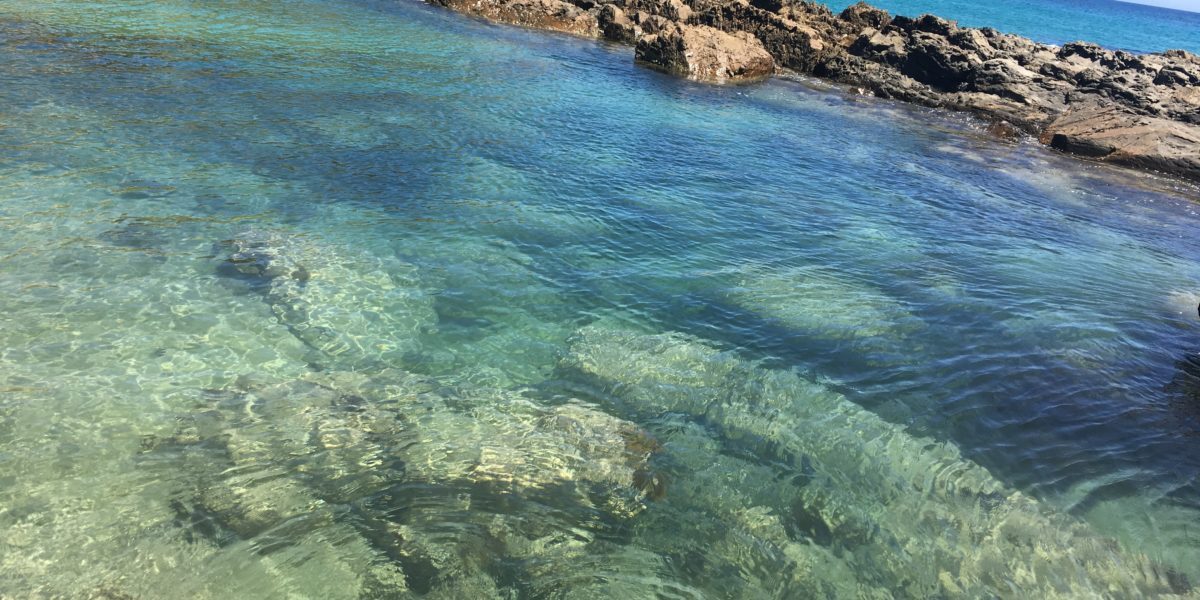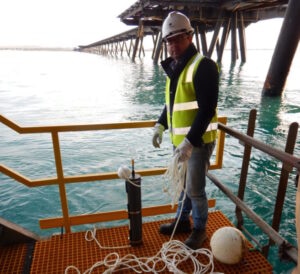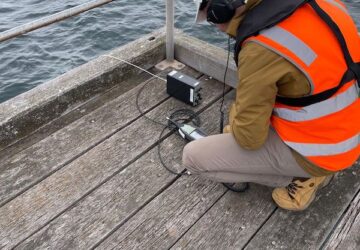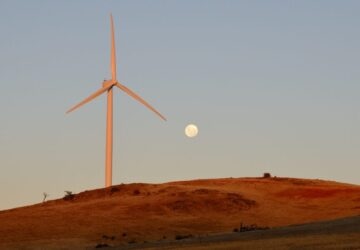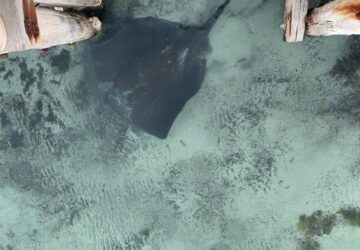What are the effects of noise pollution on wildlife and marine life?
If you are involved in projects that include the potential for noise generating activities occurring in marine areas, you may need to gain the advice from a marine acoustics specialist in addition to other environmental specialists (eg a marine ecologist) when completing an environmental impact assessment or preparing a management plan. It is crucial to assess the effects of noise pollution on wildlife and marine life.
The impact of sound on fauna
Just like the need for strategies for reducing the environmental impacts of construction and given the growing pressure on marine environments, it is important to minimise the impacts on marine biodiversity from infrastructure works. In addition to commonly recognised ecological marine impacts, such as disturbance to sensitive habitats and seagrasses, the impacts of underwater noise on marine fauna should also be considered.
Underwater noise impacts on marine fauna are not as well understood as the impacts of noise on humans and it is an area of continuing research.
Marine mammals are reliant upon their detection of sound, instead of light, as their primary sense for finding prey, communication and being aware of their surrounding environment which is why it’s such an important aspect to consider.
Marine mammal communication has a variety of functions such as mother/calf cohesion, group cohesion, individual recognition and danger avoidance. The ocean is filled with many sounds, both naturally occurring and man made, that may interfere with marine mammal communication, alter their behaviour or even cause injury or death. Man made sources of noise include shipping, geophysical surveys and various construction activities such as drilling and piling.
Furthermore, in addition to underwater noise, there may be terrestrial (airborne) noise impacts to mammals (e.g. seals) or migratory bird species.
The Environment Protection and Biodiversity Conservation Act 1999 (the EPBC Act) is the central piece of environmental legislation relevant to assessments of impacts on marine fauna in Australia. However, there may be additional legislative requirements in your own jurisdiction. For example, the Flora and Fauna Guarantee Act 1988 in Victoria and the Adelaide Dolphin Sanctuary Act 2005 in South Australia.
Where the acoustic specialist fits into the impact assessment
Should the noise impact be such that noise mitigation is required to appropriately manage the environmental risk, the acoustic specialist will be able to identify noise management and/or mitigation measures to effectively manage the risk.
Ways to reduce the effects of noise pollution on wildlife and marine life
There are a few ways to reduce and even stop the impact of underwater noise on marine fauna. Here are a few common measures for marine construction activities:
- Observation of seasonal changes: avoidance of works during peak whale or bird migration seasons, where practical
- Safety zones: these typically include observation and shut down zones that are sized based on the likely noise levels produced by the activity (eg piling)
- Soft starts: particularly useful during offshore seismic exploration where the underwater noise generated by a seismic airgun array increases slowly to provide warning to nearby mammals
- Observation of tidal systems: water is much denser than air, which means sound moves much further and faster underwater than in air. Furthermore, lower frequency sounds propagate less in shallow water. Carrying out impact piling in low tide or in dry conditions (ie not transmitting sound via water) is preferred
- Bubble curtains: air provides an effective barrier to sound propagating through water because of the difference in density between air and water. Air bubble curtain systems have been used to reduce underwater sound commonly from impact piling, however the practicality of installing the system versus other management measures will need consideration
For those who are currently involved, or soon to be involved, in marine infrastructure or exploration projects, hopefully this article provides some insight to where an acoustic specialist may be of assistance.
For professional advice on mitigating the effects of noise pollution on wildlife and marine life, speak to one of our marine acoustics specialists today.


